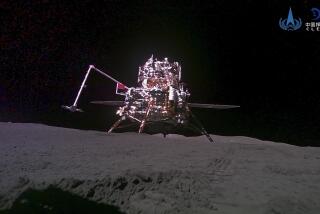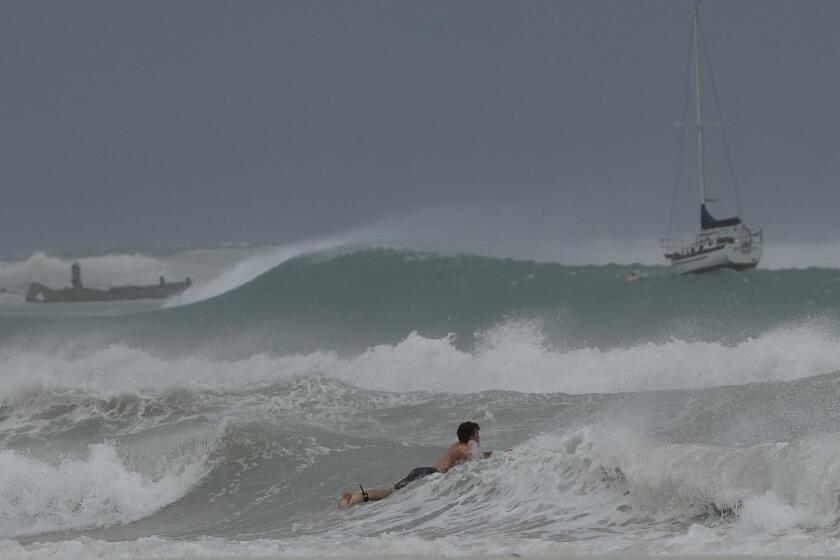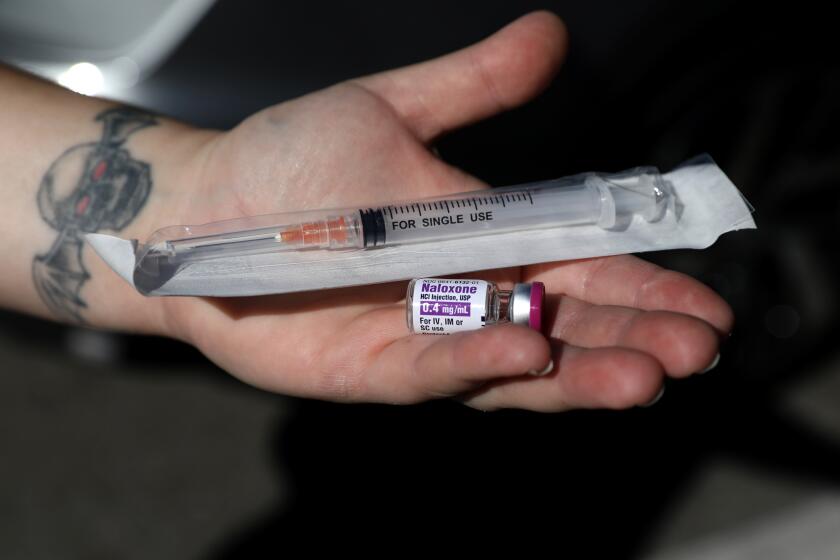Cracks in Pluto’s moon Charon may suggest ancient underground ocean
In the icy outskirts of our solar system, more than 29 times farther from the sun than the Earth, scientists say a great liquid ocean may have once flowed far beneath the surface of a moon called Charon.
Charon is a moon of the dwarf planet Pluto, and like its host planet, it is a very cold place. Scientists estimate that Pluto’s surface temperature is about 380 degrees below zero Fahrenheit--far too chilly for liquid water to exist.
But while little warmth from the sun reaches these frigid bodies, a subterranean ocean on Charon may once have been possible, scientists say. Tidal forces, driven by the ancient gravitational relationship between Charon and Pluto, could have created enough heat to sustain liquid water in the interior of the moon, according to a study published in the journal Icarus.
Charon formed when a large impact ejected material from Pluto into space. The dust and debris from the impact coalesced into several moons that still orbit the dwarf planet. Charon was the biggest, with 1/8 the amount of mass as its host planet.
In the early days of the solar system, Charon was probably closer to Pluto than it is now and the gravity between the two bodies would have caused their surfaces to bulge toward each other. That in turn would have generated friction in their interiors.
“Depending on exactly how Charon’s orbit evolved, particularly if it went through a high eccentricity phase, there may have been enough heat from tidal deformation to maintain liquid water beneath the surface of Charon for some time,” said Alyssa Rhoden, a research fellow at NASA’s Goddard Space Flight Center, and the lead author of the paper, in a statement.
Rhoden’s computer simulations show it is possible that an ocean once flowed in the interior of Charon, but no one can yet say with certainty that it did. For that, we will all have to wait until July 2015, when NASA’s New Horizons spacecraft is due to arrive at Pluto and Charon.
If indeed an ocean did exist on Charon, the researchers expect New Horizons to find a pattern of cracks and fissures on its surface, similar to what other spacecrafts have seen on Jupiter’s moon Europa and Saturn’s moon Enceladus.
“Since it’s easy to get fractures, if we get to Charon and there are none, it puts a very strong constraint on how high the eccentricity could have been and how warm the interior ever could have been,” said Rhoden.
But if there are cracks on Charon’s surface, then that means an ocean may have once existed. And with it, just possibly, life.
For more amazing science news, follow me @DeborahNetburn







